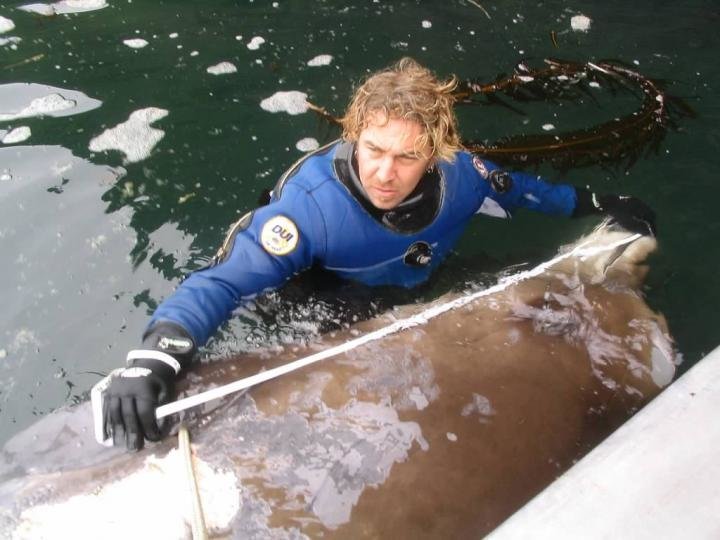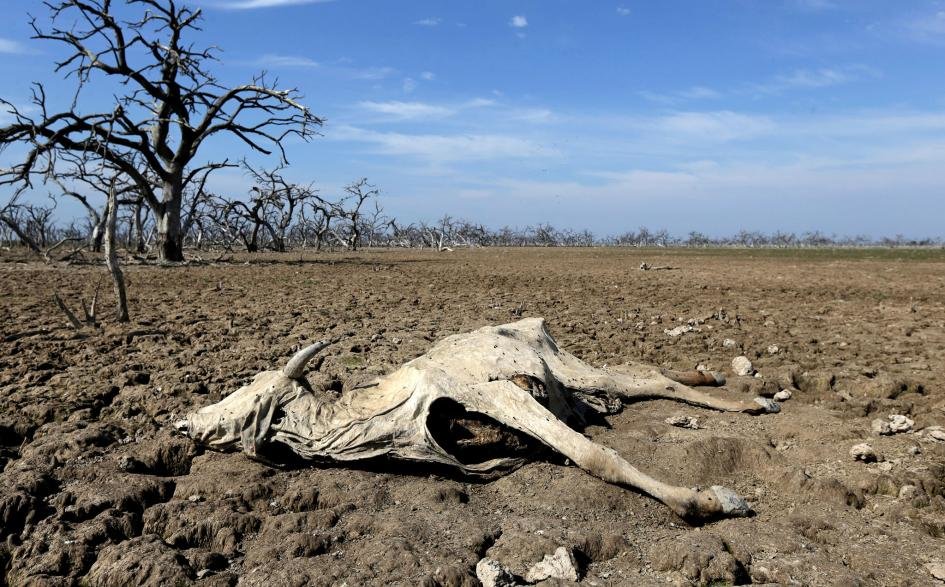
© Don GravesIn 2004 Reid Brewer of the University of Alaska Southeast measured an unusual beaked whale that turned up dead in Alaska's Aleutian Islands. A tissue sample from the carcass later showed that the whale was one of the newly identified species.
A new species of incredibly rare beaked whale was identified after one of the animals washed ashore on an island in the Bering Sea and, after an extensive search through tissue samples at museums, it was discovered the cetacean was a completely new species, researchers said Tuesday.
In 2014, the animal turned up dead on the shores of St. George Island, one of the Pribilof Islands in the rugged Bering Sea. It appeared to be similar to a Baird's beaked whale, but it was smaller and had darker skin than the more common cetacean.
"We knew it was not any whale we knew from our area," Michelle Ridgway, a marine ecologist with Oceanus Alaska who documented the whale in the Pribilofs, said in a statement.
Phillip Morin, a research molecular biologist at the National Oceanic and Atmospheric Administration Fisheries' Southwest Fisheries Science Center inspected the DNA of nearly 180 beaked whales discovered around the Pacific Rim. The whale in question, he discovered, along with seven other animals, were members of the new unnamed species, which the Japanese call "karasu," the Japanese word for raven.


Comment: The earth has its own electromagnetic field, and the vast majority of species on Earth rely on these electromagnetic forces to remain relatively stable so that they can exist and can function properly. Organisms are extremely sensitive to any alteration in this field, and find it difficult to adapt to changes. In the past 100 years, humans have drastically altered the electromagnetic environment on the surface of the earth, and this is now having some serious adverse effects on the health of everything inhabiting this planet.
Although man-made EMF may not be solely responsible for all of the changes we are seeing with regard to crazy weather, mass animal die-offs, and other strange phenomena... it is still clearly a significant contributing factor.